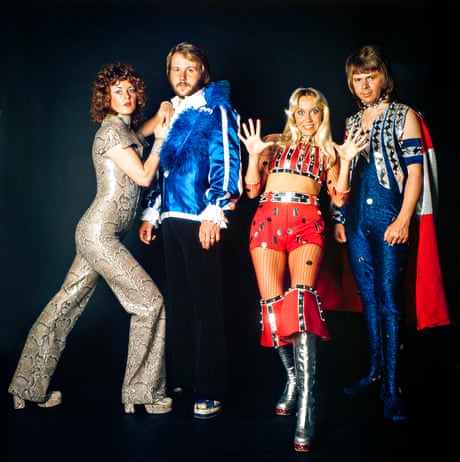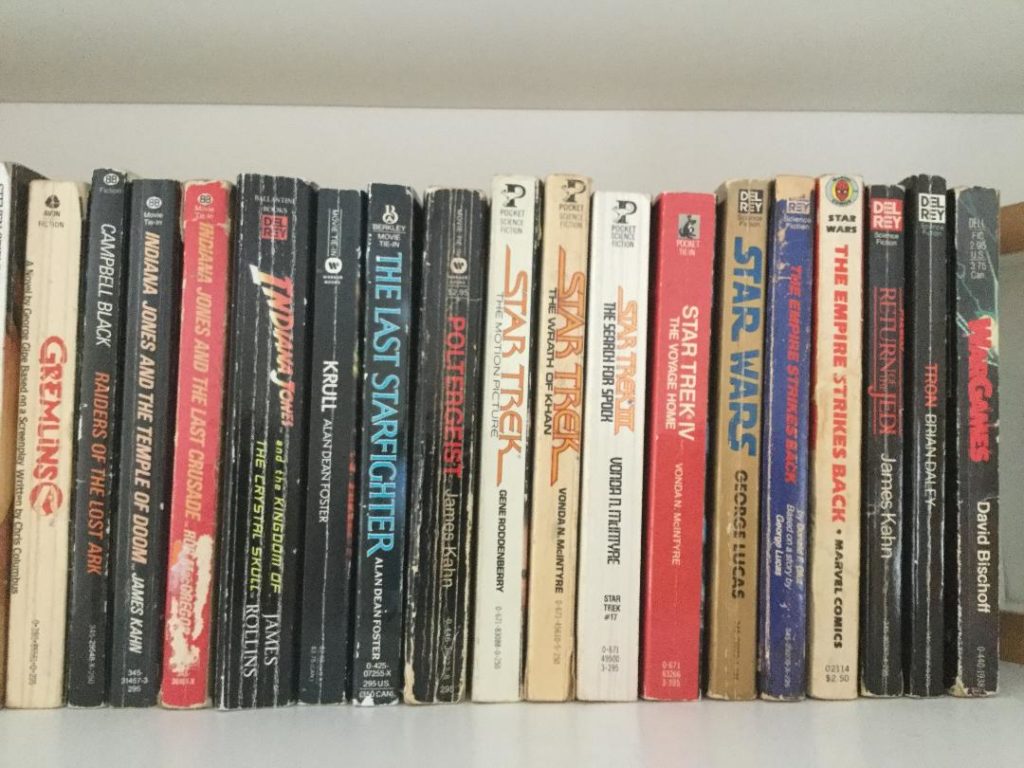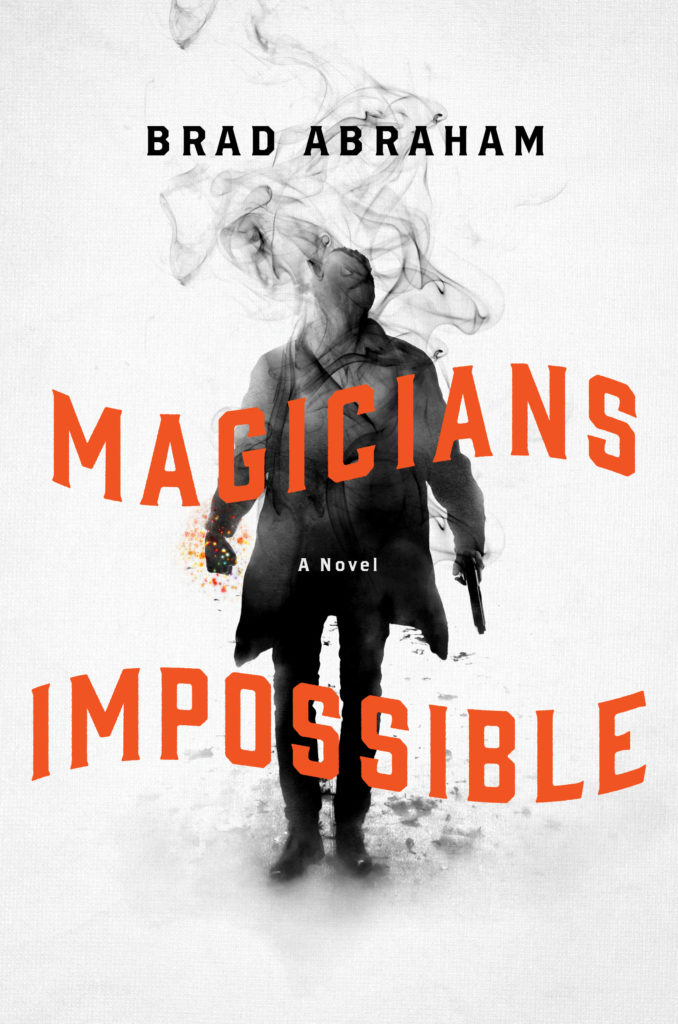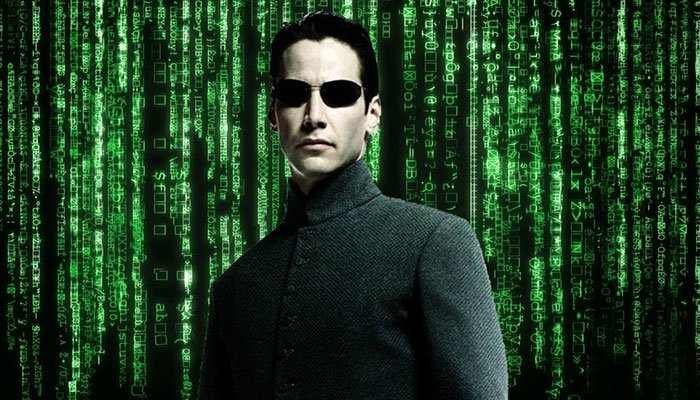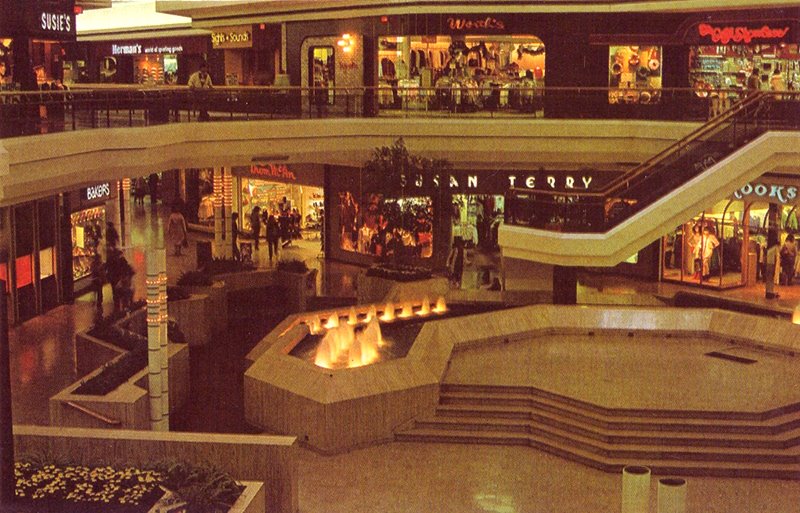
Over the past few months I’ve been doing a lot of writing, a lot of reading, a lot of thinking. About life, about the state of the world, but mostly, about how we communicate with each other. Specifically, how I, a writer and an author, communicates with his audience.
When your book is accepted for publication, the marketing people forward you a questionnaire to fill out, to tell them a little bit about yourself. These are details like where you were born, where you went to university, where you presently reside. They like to know if you have a website, and if so, how much traffic it gets. They want to know your social media presence; which platforms you use, and crucially, how many followers you have.
Basically they want a sense of you; more specifically, what assets are at their disposal to promote your work. If you frequent your local bookshop enough that the owners know who you are, then that’s a potential in-store event. if you’ve been a longtime resident of your town, that’s a piece in the local paper. Heck, even in the town you were born in (in my case, a place I haven’t lived in for over forty years, and haven’t visited in a dozen) you’re a “native”, and as such the local media may be interested in running a piece on you and your book.
But what they really want to know is about the social media. Because that’s going to be the primary way they get word on your book out. That’s The Game; you want to win, you have to play. And I HATE social media. Hate. it.

I’ve gone off before on my dislike of social media before; here and here. Short version for those too lazy to click either; I think social media and its insidious reach into our daily lives is one of the worst things to happen us as a species. I believe in years to come we’ll look at social media as a thing designed to make us feel good but is as unhealthy as cigarettes are looked upon right now. If I had my way we’d bury social media face-down in the ground with a stake of holly through its heart and its mouth stuffed with garlic.
I’m not the only one who feels this way either.
“Anytime you are provided with a service, like Facebook, for free, you are in fact the product being sold. In exchange for likes and retweets and public photos of your kids, you are basically signing up to be a data serf for companies that can make money only by addicting and then manipulating you. That because of all this, and for the good of society, you should do everything in your power to quit.”
That, from Tech guru Jaron Lanier, pioneer of VR, who I first read about in Rolling Stone Magazine of all places, back in the early 1990s. He has an interview at GQ I’ve linked to here, and also on my Facebook author page (more on THAT in a sec). I’m going to share this update on that FB page, but I’m going to predict the FB algorithm will throttle this particular post‘s reach because it’s so critical of everything they do. It’s given me serious consideration as to whether or not to keep my FB page active.
Facebook gives you nothing without giving them something first. For a page like mine that means one thing: paying them to boost your posts to people already following your page.

For the record, I don’t have a personal page on Facebook. Lord knows I get asked for one all the time. People want to connect with you and feel a connection. Mostly they just want to stalk you, look at your photos, insert themselves into your lives by asking you to join their Multi-level Marketing scheme or to just boost their follower numbers to communicate to the world how wonderful and liked and popular they are.
[And don’t get me started on the parents who post every minute detail of their children’s lives on social media. But congratulations on feeding your kids into an algorithm that by now knows when they were born, where they attend school and what their interests are. You just handed that information over to the algorithm. Slow. Clap.]
When you tell people you’re not on Facebook the first response is confusion, then doubt, then followed more often than not by a confession that not being on FB is probably smart, that they spend far too much time on it, and they really only use it to keep in touch with friends and family.
Seriously though; does anybody really like Facebook? I mean, besides “social media experts” who stake their living on that platform?
Now, for an author or other creative type, social media is a double-edged sword, and a very sharp one especially if you don’t like social media. Because in the 21st century it’s not enough to write a book people will want to read. It’s not enough to get the book into their hands; something that traditional media and publicity efforts still do a much better job of than social media does. Trust me, I know; I married a publicist and I see her at her job every day.
To be an author in 2020 means you have to be connected to your readers, to your fans. it’s not enough to be you, a working writer; you have to be a friend, a confidant, you have to be engaged with your audience. Basically, you HAVE to be on social media.
Well, call me old fashioned (“Brad, you’re old-fashioned”), but I’ll always prefer the meaningful communications and contact over the superficial social media-curated ones. Whenever I receive a comment on this website, whenever I receive an email, it does a major improvement to my mood. It’s not a “Like” or a “Retweet” or a “Share”; it’s someone reaching out to me directly to say “hey, I really enjoyed your book or your TV show, or your movie, or your comic book.”
In my experience, I’ve found social media to be a dead end for promoting your work. because social media is a closed ecosystem. You share something on Facebook, it stays on Facebook, and the “transaction” for what it is is usually a like. Rarely a click, hardly ever a share. That’s in part because unless you, the page manager, are unwilling to fork over money to Facebook to promote your work, it doesn’t reach its intended audience.
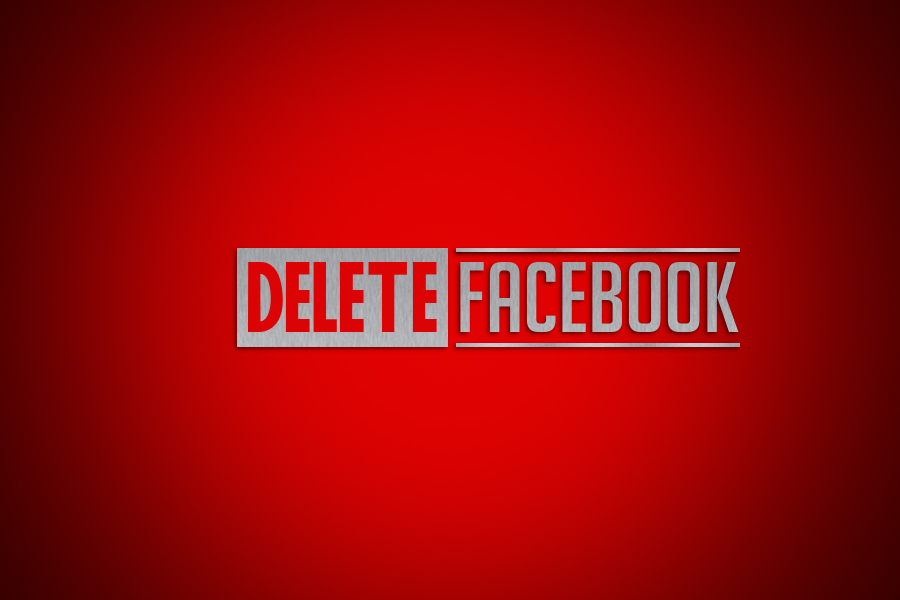
Engagement drives the algorithm. The more people who like the page, and like, and comment on the content, the more people see it. For me to get even a fraction of the reach this website does, I’d need to wrangle at least 2,000 FB fans. Before leaving Twitter for good back in 2019 I had about 1700 followers. If I were to jump back into that cesspool (sorry Twitter fans; you know it’s true) I could increase that number. I could Tweet and Re-tweet and share and comment and hash-tag and signal boost; I could make Twitter outreach The Job that supports my writing. I could go back to playing That Game.
But I’m not willing to play that game, because I value those fans too much. I value you too much. You’re not numbers; you’re people, like me, like the person next to you. You have your hopes and dreams, your wants and worries and fears. Being reduced to a digital thumbprint on a Silicon Valley hard-drive somewhere south of San Jose is dehumanizing, and as per the GQ article I’ve linked to, much more troubling, much more insidious than a lot of us realize.
I’m not sure what’s going to become of my Facebook page, or my social media presence. Truth be told I think I’m kind of done with both outside of “official” business. My next book is at least a couple years away so there’s no immediate need to return to the social media trenches. But it’s a challenge, I won’t lie. Because my publisher will look at my non-existent social media usage and go “hmm, is this really the author we want to support? The one who’s making it exceedingly difficult to reach his audience?” I will of course need to find another way to interact with my audience, which is why I this website is going to become the conduit for people who want to each me, and reach out to me.
I’m going to work on a redesign, with a more fan-friendly way of commenting and conversing than at present. I’ve always enjoyed long-form blogging and writing over little updates and posts and tweets anyway.
I’m also planning to launch a newsletter, which you will be able to subscribe to. This will contain non-website based content. Some peeks behind the curtain at some previously unseen Magicians Impossible and Mixtape materials from the archives. Sneak peeks at my next book. Fun stuff that won’t be too annoying; maybe every other month. We’ll see.
Of course, feel free to let me know what you think of all of this. I suspect I’ll need to maintain some sort of social media presence; you still do need to go to where your audience, your customers are. but maybe, just maybe, there’ll come a day when we don’t need to.


